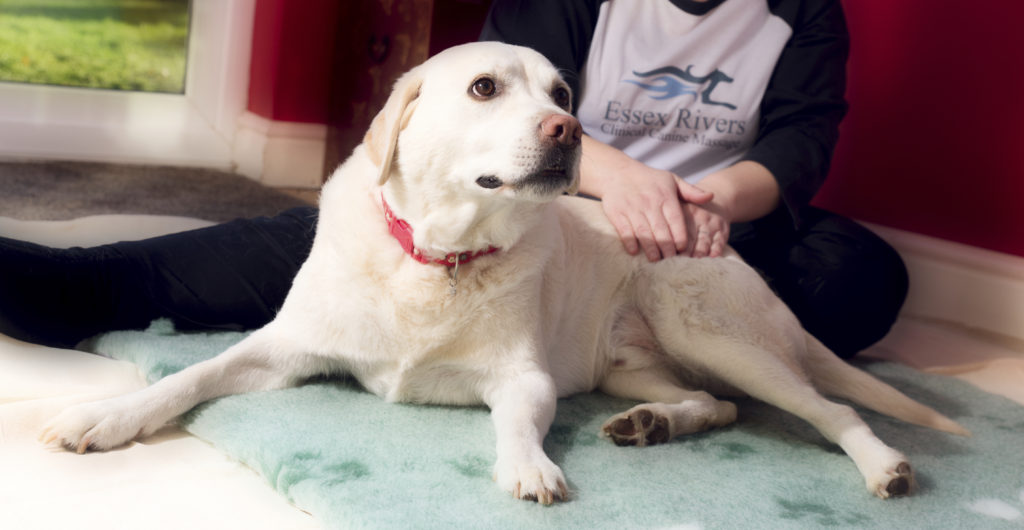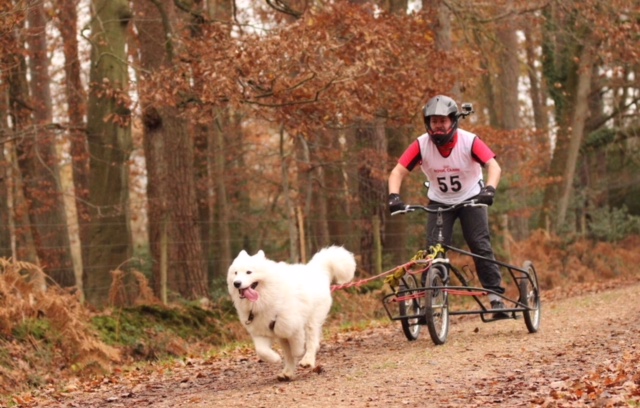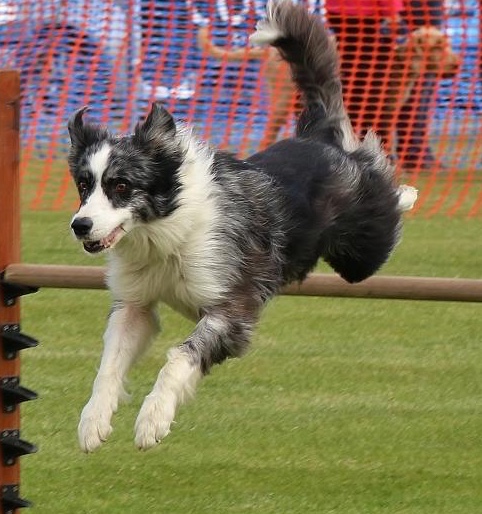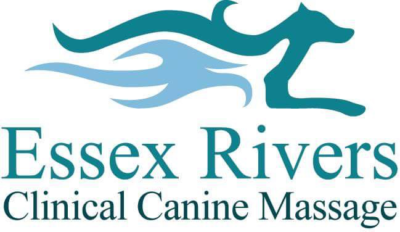
Clinical Canine Massage is suitable for:
- Pet Dogs
- Show Dogs
- Working Dogs
- Agility Dogs
- Canine Athletes
Dogs have approximately 700 muscles. 45% of your dog’s bodyweight is muscle and these muscles pull on around 320 bones to produce movement. Clinical Canine Massage is a non-invasive therapy that rehabilitates muscular injury and supports orthopaedic conditions through the skilled direct manipulation of muscle and fascia. I use my knowledge of canine anatomy and physiology, alongside my knowledge of muscle origins, insertions and actions, four disciplines of massage and over fifty techniques to get results in 1-3 sessions that owners can see and dogs can feel.
Clinical Canine Massage can help to improve:
- Gait irregularities, e.g. Lameness, Bunny Hopping, Abduction or Adduction of a leg
- Posture, e.g. Kyphosis, Lordosis, Tail Carriage
- Activities of Daily Living, e.g. getting in and out of the car, slowing down on walks, struggling to get up after lying down
- Behavior, e.g. Depression, Anxiety, reluctance to be groomed
- Performance, e.g. knocking poles, lack of drive, early onset fatigue

Clinical Canine Massage can help to improve the quality of life for dogs of all ages with many conditions including:

- Arthritis
- Hip Dysplasia
- Elbow Dysplasia
- Chronic Pain
- Spondylosis
- Canine Degenerative Myelopathy
- Myofascial Pain
- Luxating Patella
- Osteochondritis
- Sprain
- Myalgia and soft tissue injury
- Hypertonicity
- Lameness
- Trigger Points
- Disability
- Anxiety
The ‘Five Principles of Pain’ chart is a tool designed to assist you in the identification of symptoms that may respond well to Clinical Canine Massage. The tool can be downloaded here on the Canine Massage Guild page.
If you think your dog would benefit from Clinical Canine Massage or you would like to know more about it please contact me.
